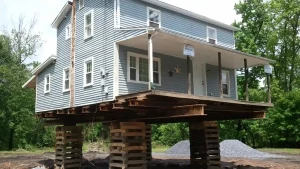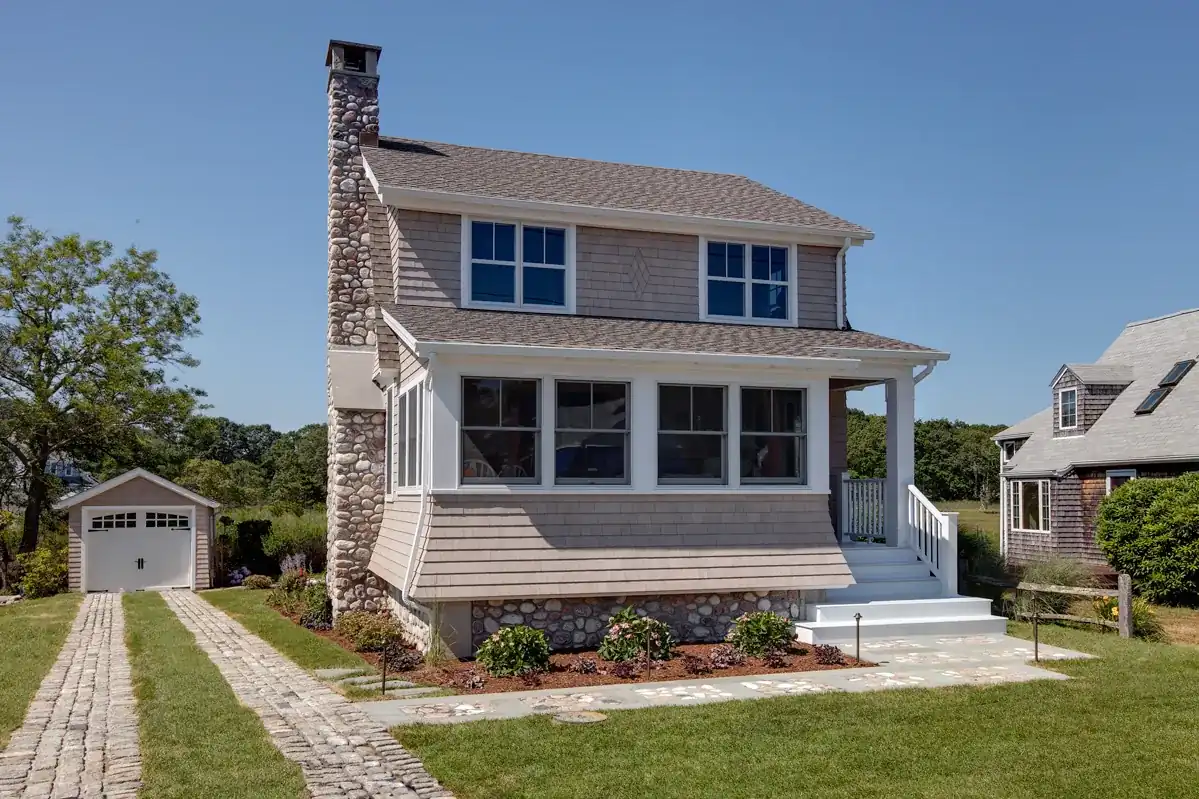In flood zone building, elevation techniques for flood zones are crucial for creating resilient structures. Using advanced computer software that combines modeling with real-time environmental data allows experts to design buildings tailored to each site’s water flow. While these techniques are praised for their technical capabilities, there is ongoing debate about their real-world effectiveness. How well do these tools perform when unexpected floods occur, and what does this mean for future construction in flood-prone areas?
Key Takeaways
- Software tools enable precise topographical analysis, ensuring optimal elevation levels for flood risk mitigation.
- GIS integration in software helps accurately map flood zones, enhancing the effectiveness of elevation strategies.
- CAD applications support the design of elevated structures, adhering to local building codes and resilience requirements.
- Hydrological simulations in software predict water flow patterns, aiding in the strategic placement and elevation of buildings.
- Data-driven software solutions allow for continuous updates and adaptations to elevation plans based on new flood risk forecasts.
Understanding Flood Zone Challenges
Why should builders and engineers prioritize understanding flood zone challenges? Recognizing these parameters is essential for mitigating risk and ensuring structural integrity. Detailed analysis of hydrological data, soil stability, and drainage patterns forms the cornerstone of resilient construction. This knowledge not only safeguards property but also fosters community trust and compliance with regulatory frameworks. Mastery of these challenges is fundamental to engineering success in vulnerable areas.
Basics of Elevation Techniques
Building on the understanding of flood zone challenges, it is imperative to explore the basics of elevation techniques, a foundational strategy in flood zone construction. These techniques involve raising the structure above the base flood elevation, effectively mitigating potential damage. Critical considerations include selecting appropriate elevation height, structural stability, and adherence to local building codes to guarantee resilience against flood events and the long-term sustainability of the construction.
Software Tools for Elevation Planning
As the construction industry progresses, innovative software tools have become essential in planning elevation techniques for flood zones. These tools enable precise topographical analyses and hydrological simulations, ensuring structures are ideally elevated. By integrating geographic information systems (GIS) and computer-aided design (CAD), planners can effectively predict water flow patterns and tailor elevation strategies, fostering community resilience and safety in vulnerable areas.

Case Studies: Successful Implementations
Several case studies highlight the successful application of computer software for smart elevation techniques in flood zone construction, demonstrating significant advancements in both safety and efficiency. These implementations reveal precise terrain analysis and cost-effective building adjustments, enhancing community resilience. Engineers and planners collaboratively optimize elevation strategies, fostering a sense of safety and inclusion among residents, effectively mitigating flood risks through tailored, data-driven solutions.
Future Trends in Flood Zone Construction
Numerous emerging technologies are set to revolutionize the field of flood zone construction. Key advancements include:
- Predictive Analytics – Using big data to forecast flood risks and inform construction decisions.
- Modular Construction – Flexible, quick assembly methods to enhance resilience.
- Eco-Friendly Materials – Sustainable options that reduce environmental impact while improving flood resistance.
These innovations promise to greatly strengthen flood zone protection strategies.
Frequently Asked Questions
How Do Insurance Rates Change With Different Elevation Techniques?
Insurance rates typically decrease as elevation techniques improve in flood zones, reflecting reduced risk of water damage. Enhanced methods can greatly lower premiums by demonstrating proactive risk management and compliance with safety standards.
What Are the Environmental Impacts of Elevation in Flood Zones?
Elevation in flood zones can lead to altered water flow and increased erosion, potentially impacting local wildlife habitats and vegetation. It also affects soil composition and can contribute to ecological imbalance.
How Long Do Elevation Projects Typically Take to Complete?
Elevation projects in flood zones typically vary in duration, but most are completed within six to twelve months, depending on the complexity and scale of the construction, as well as regulatory and environmental considerations.
Are There DIY Elevation Solutions for Homeowners in Flood Zones?
DIY elevation solutions for homeowners in flood zones include installing foundation vents or using fill to raise ground levels. However, consulting professionals is recommended to guarantee compliance with local building codes and regulations.
What Legal Permits Are Required for Elevation Projects in Flood Zones?
For elevation projects in flood zones, legal permits typically required include local building permits, floodplain use permits, and environmental impact assessments, which guarantee compliance with federal, state, and local regulations.
Conclusion
To summarize, the application of advanced software in flood zone construction marks a transformative approach in urban planning and civil engineering. By harnessing the capabilities of GIS and CAD, professionals can execute detailed topographical and hydrological analyses to optimize elevation strategies. These technologies not only align with regulatory frameworks but also greatly enhance the resilience of communities against flooding. Continued innovation and integration of such tools promise to further refine and revolutionize flood zone construction methodologies.
You May Also Like To Read:





